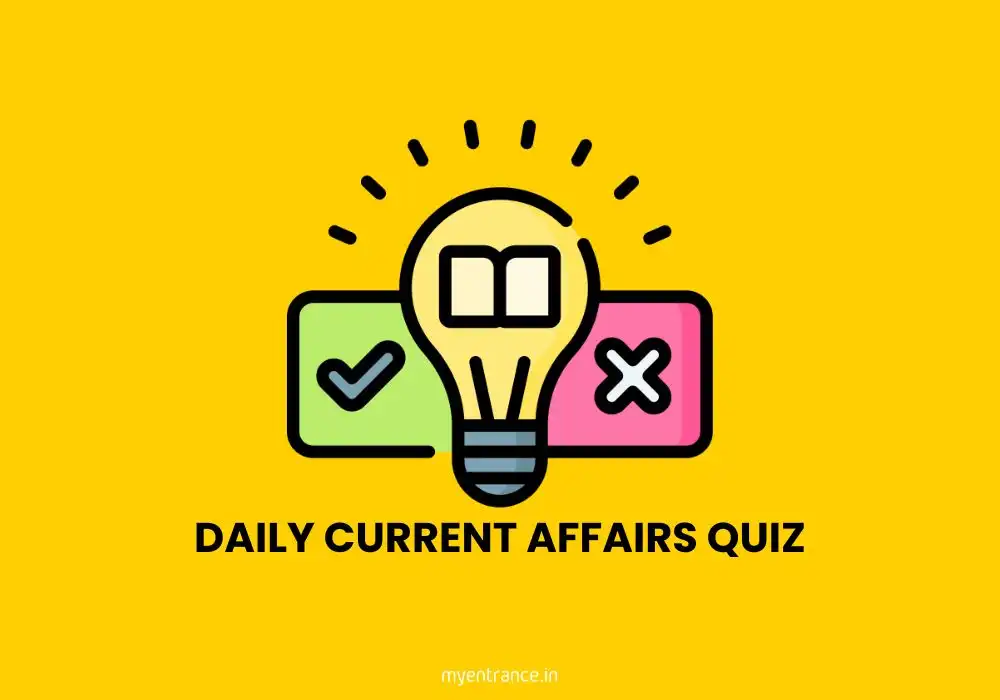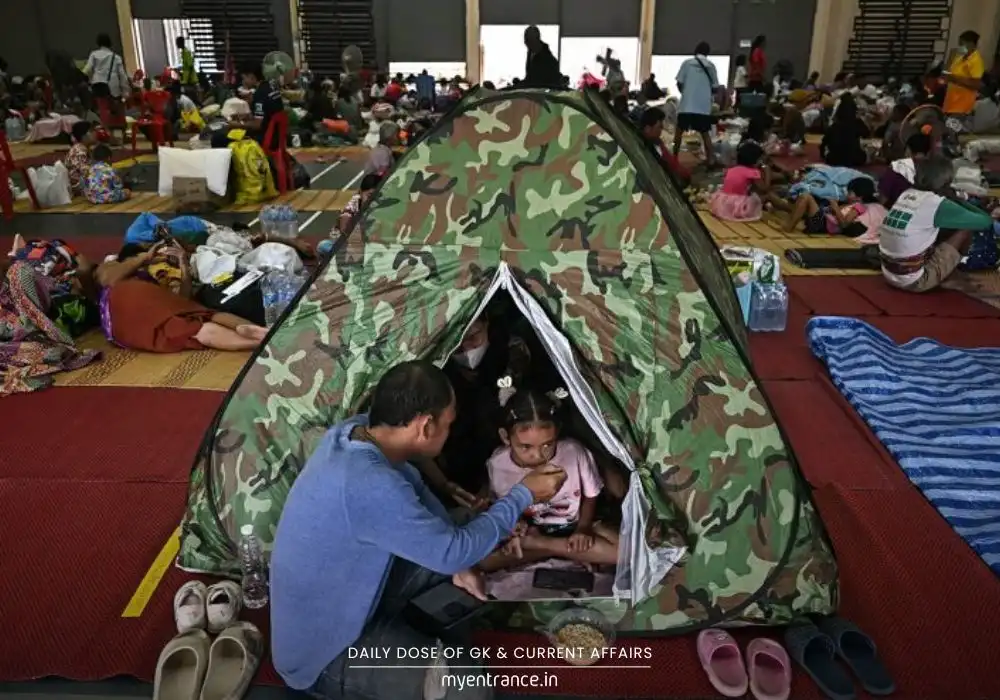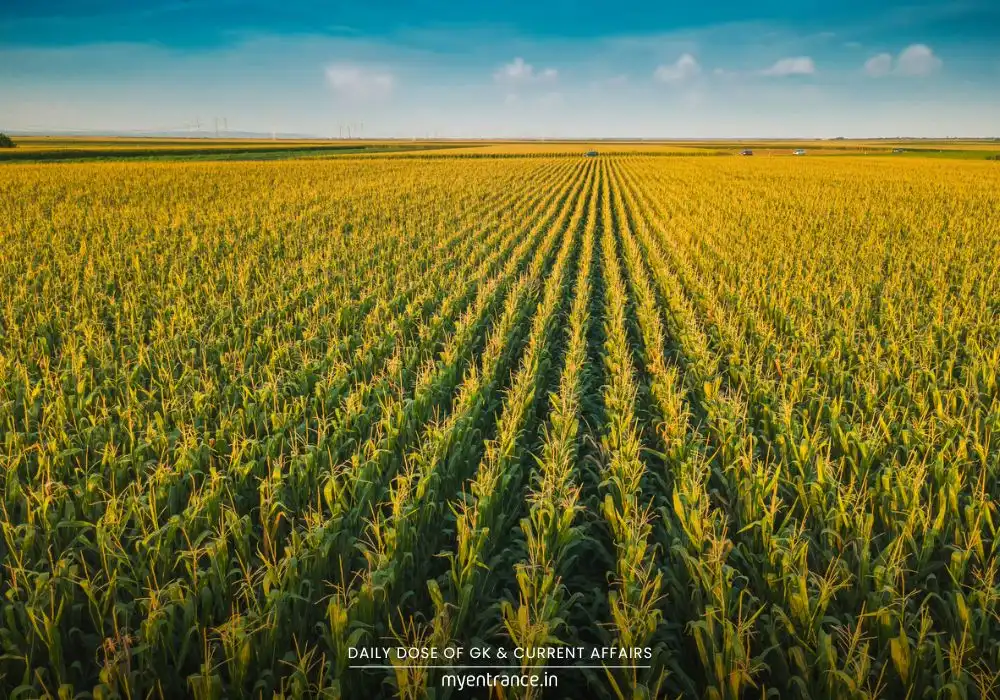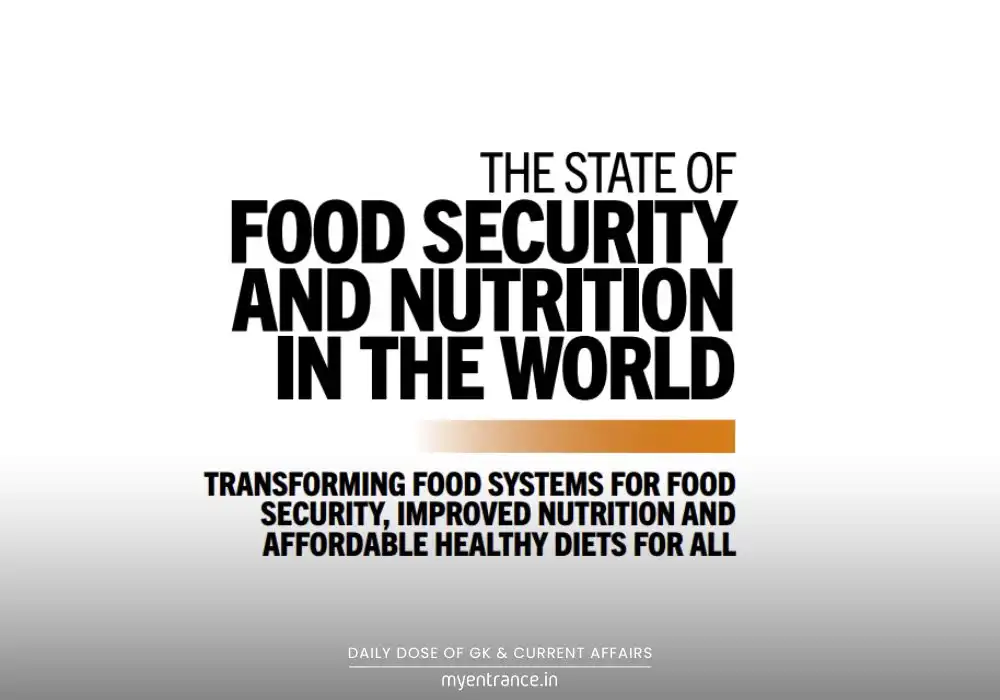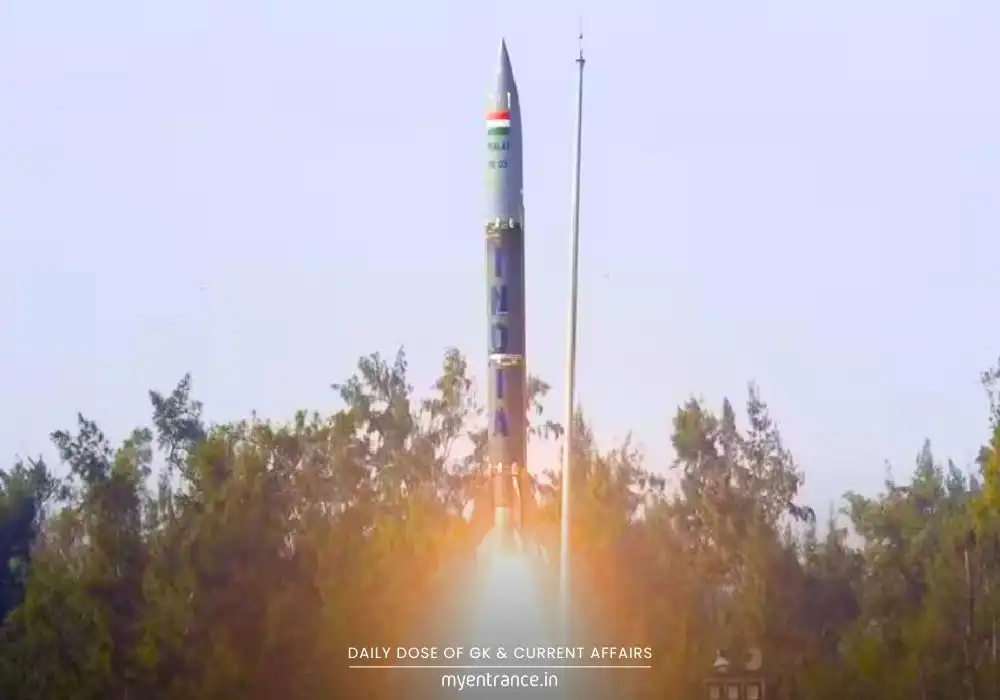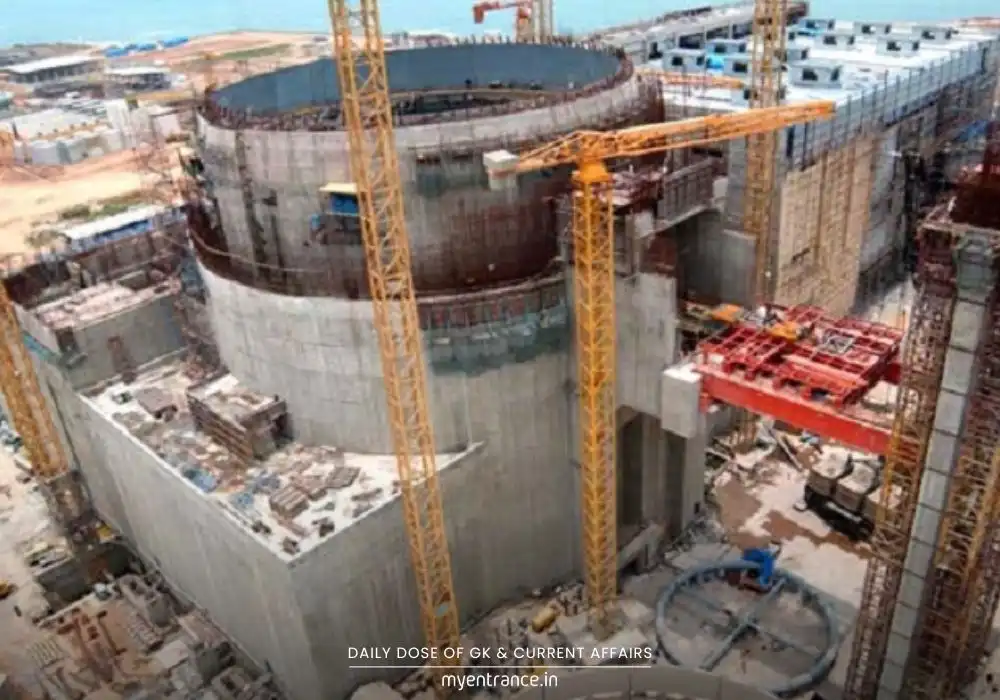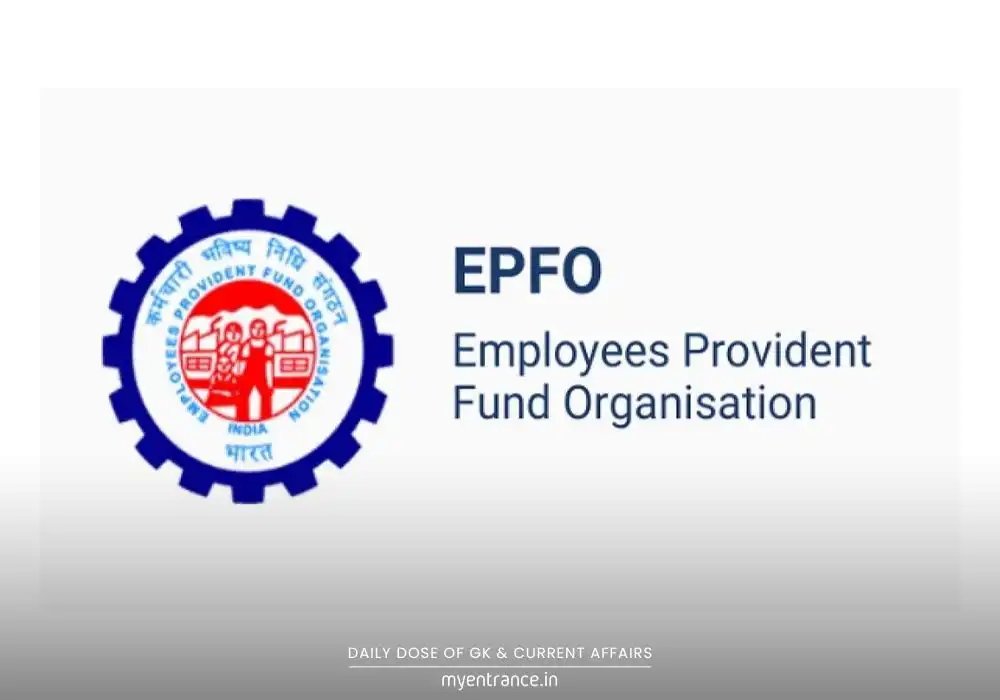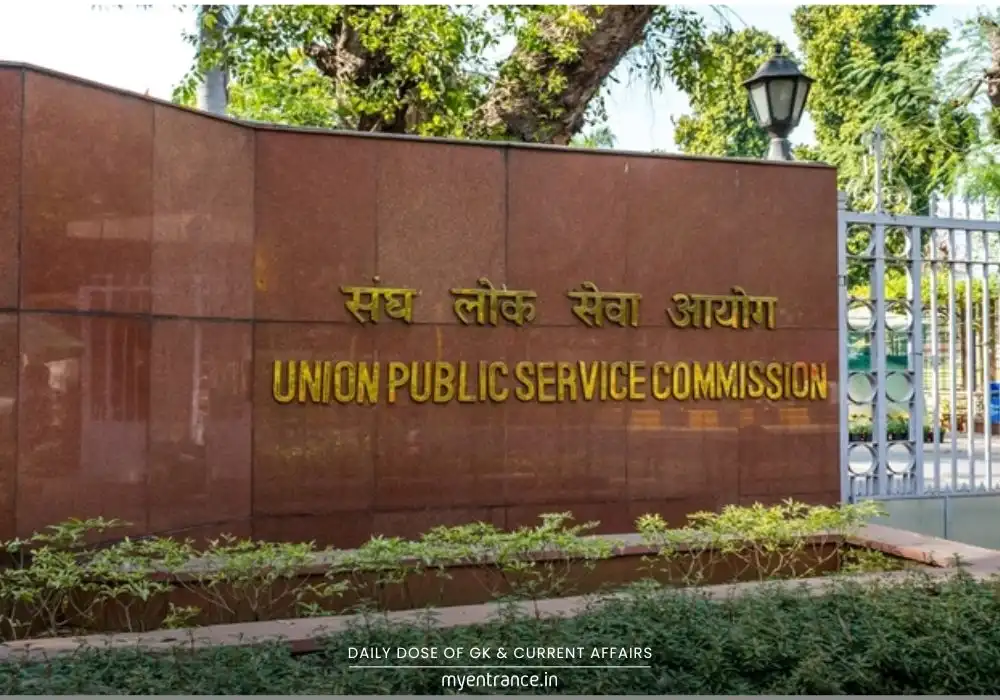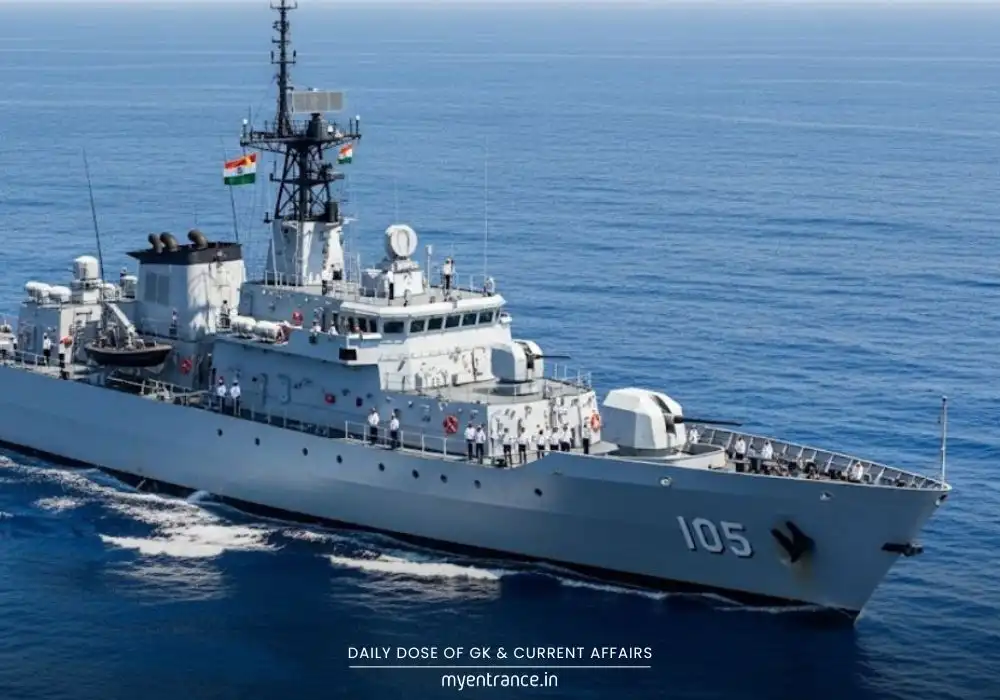Select Language
Why Does Russia’s Full Control of Luhansk Matter for Your Competitive Exams?
Russia has declared full military control over Ukraine’s eastern Luhansk region, marking a critical shift in the ongoing conflict. This development holds major implications for international security, energy markets, and India’s strategic interests – key topics for your competitive exams.
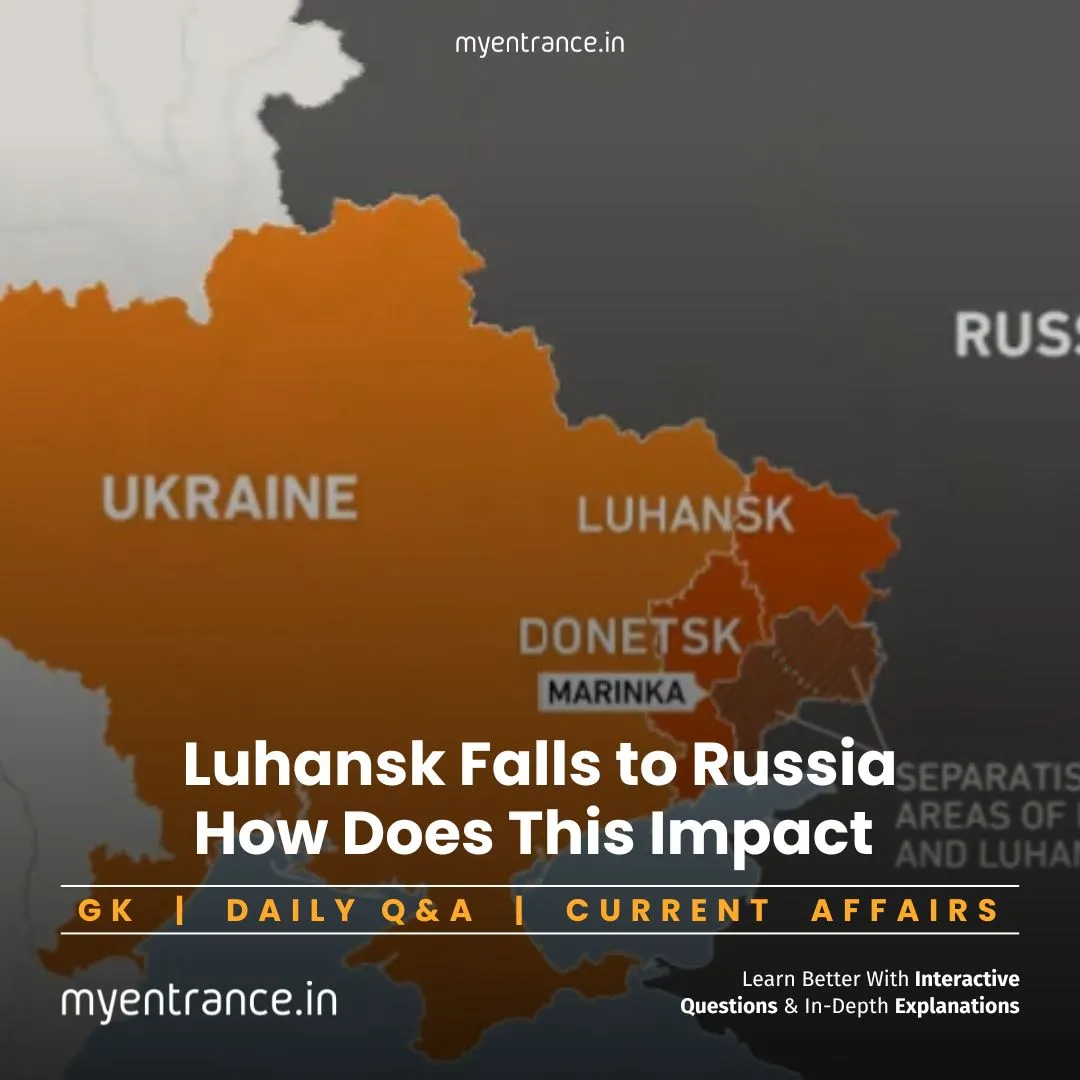
The head of Russia’s Luhansk administration announced on state television that Moscow now controls the entire Luhansk region. This comes over three years after President Putin launched a large-scale invasion of Ukraine in February 2022. Here’s what aspirants need to know:
Strategic Significance: Luhansk is the first Ukrainian region to fall entirely under Russian control since Crimea’s annexation in 2014. Putin formally claimed Luhansk, Donetsk, Kherson, and Zaporizhzhia as Russian territory in September 2022 – a move widely condemned as illegal by Western nations and the UN.
Historical Context: Luhansk has a complex history. Part of the Russian Empire, it became Soviet territory in 1922. Since Ukraine’s 2014 Maidan Revolution, pro-Russian separatists in Luhansk and neighboring Donetsk (collectively called the Donbas) have battled Ukrainian forces, with covert Russian backing.
The Donbas Factor: This resource-rich, industrial heartland (holding Ukraine’s largest coal reserves) has deep cultural ties to Russia. Roughly 40% of its population is ethnically Russian, and Russian is widely spoken. Russia formally recognized the self-proclaimed “republics” of Donetsk and Luhansk just before invading in 2022.
Current Control: Russia now occupies nearly 19% of
Ukraine’s internationally recognized territory. This includes all of Luhansk, over 70% of Donetsk, Zaporizhzhia, and Kherson regions, plus parts of Kharkiv, Sumy, and Dnipropetrovsk.
International Response: As fighting intensifies, Western support for Ukraine grows. The US recently pledged an additional $800 million in military aid, including advanced HIMARS rocket systems. Ukraine vows to reclaim all occupied territory, rejecting Russia’s claims as illegal.
Why is This Crucial for Your Exams (SSC, PSC, NID, NIFT, FDDI, etc.)?
Prelims (Current Affairs): Directly covers “Current events of national and international importance.” Expect factual questions on locations (Donbas, Luhansk), timelines (2014, 2022), and key developments.
Mains (GS Paper II): Tests understanding of “Effect of policies and politics of developed and developing countries on India’s interests.” Analyze impacts like:
Global energy crisis affecting India’s oil/gas imports.
Shifts in global security alliances (NATO expansion).
Challenges to the UN-led international order and sovereignty norms.
Humanitarian crises and refugee situations.
Geopolitical Awareness: Design exams (NID/NIFT/FDDI) often include GK sections assessing awareness of major global events influencing socio-economic factors.
Essay & Interview Stage: Provides concrete examples for discussions on conflict resolution, international law, energy security, and humanitarian issues.
Sample Exam Questions & Answers
Q1 (Prelims Style): Which region, recently declared by Russia as fully under its control, was part of the Ukrainian Soviet Socialist Republic?
A1: Luhansk
Q2 (Prelims Style): The Donbas region, a focal point of the Russia-Ukraine conflict, comprises which two areas?
A2: Donetsk and Luhansk
Q3 (Mains Style): How does Russia’s annexation of regions like Luhansk challenge the post-World War II international legal order?
A3: It blatantly violates the UN Charter’s core principles of territorial integrity and sovereignty, sets a dangerous precedent for unilateral land grabs, and undermines the authority of international bodies like the UN and OSCE meant to uphold these norms.
Q4 (Mains Style): Discuss the humanitarian consequences of the ongoing conflict in Eastern Ukraine, with specific reference to Luhansk.
A4: The conflict has caused mass displacement, civilian casualties, destruction of critical infrastructure (hospitals, schools), severe shortages of food/water/medicine, disrupted livelihoods, and created a pervasive climate of fear and trauma for the population trapped in or fleeing the region.
Q5 (Analytical): Explain the potential impact of Russia’s consolidation in Luhansk on India’s energy security.
A5: Russia’s actions prolong the Ukraine war, disrupting global energy supplies and keeping oil/gas prices volatile. While India benefits from discounted Russian oil, long-term instability threatens reliable energy access and strains its economy. Diversifying sources becomes crucial but challenging.
Get 3 Months Free Access for SSC, PSC, NIFT & NID
Boost your exam prep!
Use offer code WELCOME28 to get 3 months free subscription. Start preparing today!
